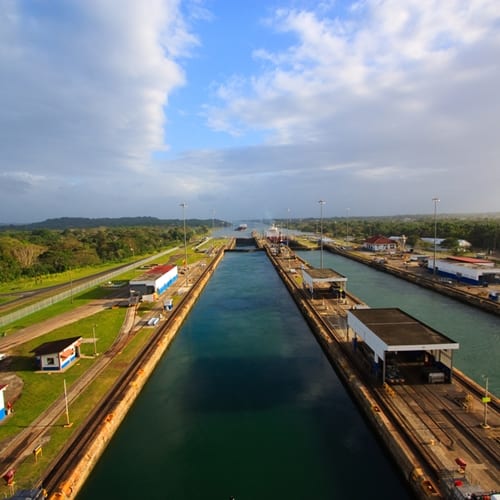The Panama Canal, which has long been a symbol of international trade and an important route for vessels with various missions to pass through, may be undergoing some changes over the next couple of years.
According to a study released this November by the U.S. Department of Transportation Maritime Administration, the year 2015 is when the new expansion project is currently scheduled to be completed. Once that has been done, larger ships, capable of carrying more than twice as much as the current limits allow, will be able to pass through the canal.
But the introduction of bigger boats could change the entire way in which operators traveling in this region coordinate their shipments, and it is imperative that companies ensure they have appropriate marine cargo insurance policies in place to account for the greater amount of goods they will be transporting. Stakeholders may need to make other adjustments to keep operations running smoothly.
For instance, larger ships may require bigger and better port facilities to capitalize on the opportunities created by the canal expansion. In a press release, Acting Maritime Administrator Paul Jaenichen provided information on what to expect in the so called "post-Panamax" age.
"Increased cargo means expanded capacity, and forward-looking ports are deepening their harbors and improving their intermodal connections, often with the help of the Obama Administration's programs, such as the competitive TIGER (Transportation Investment Generating Economic Recovery) Grant program," Jaenichen said.
Working with an experienced marine insurer can help you prepare for these changes by finding the coverage that is most appropriate for your business.

